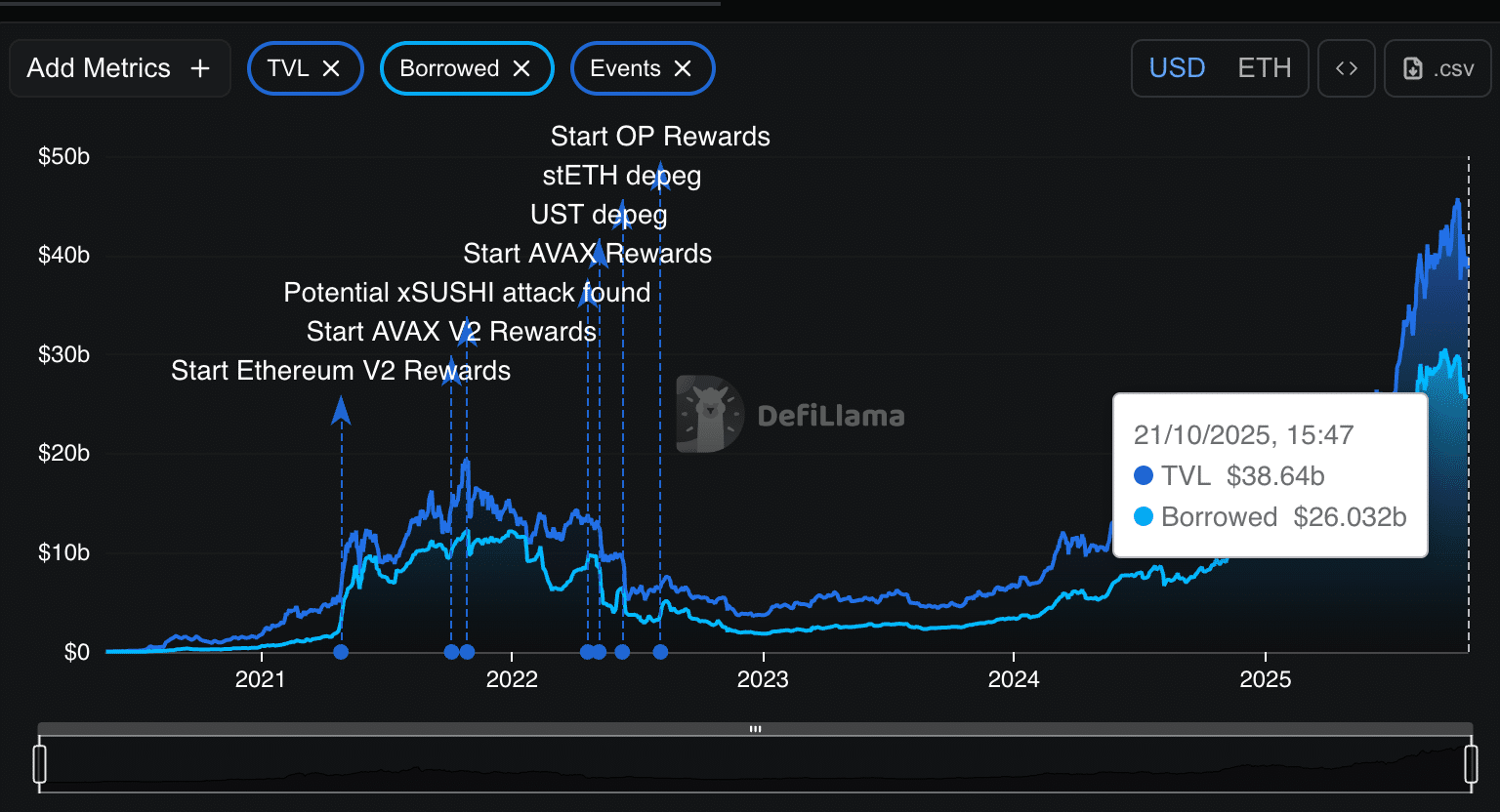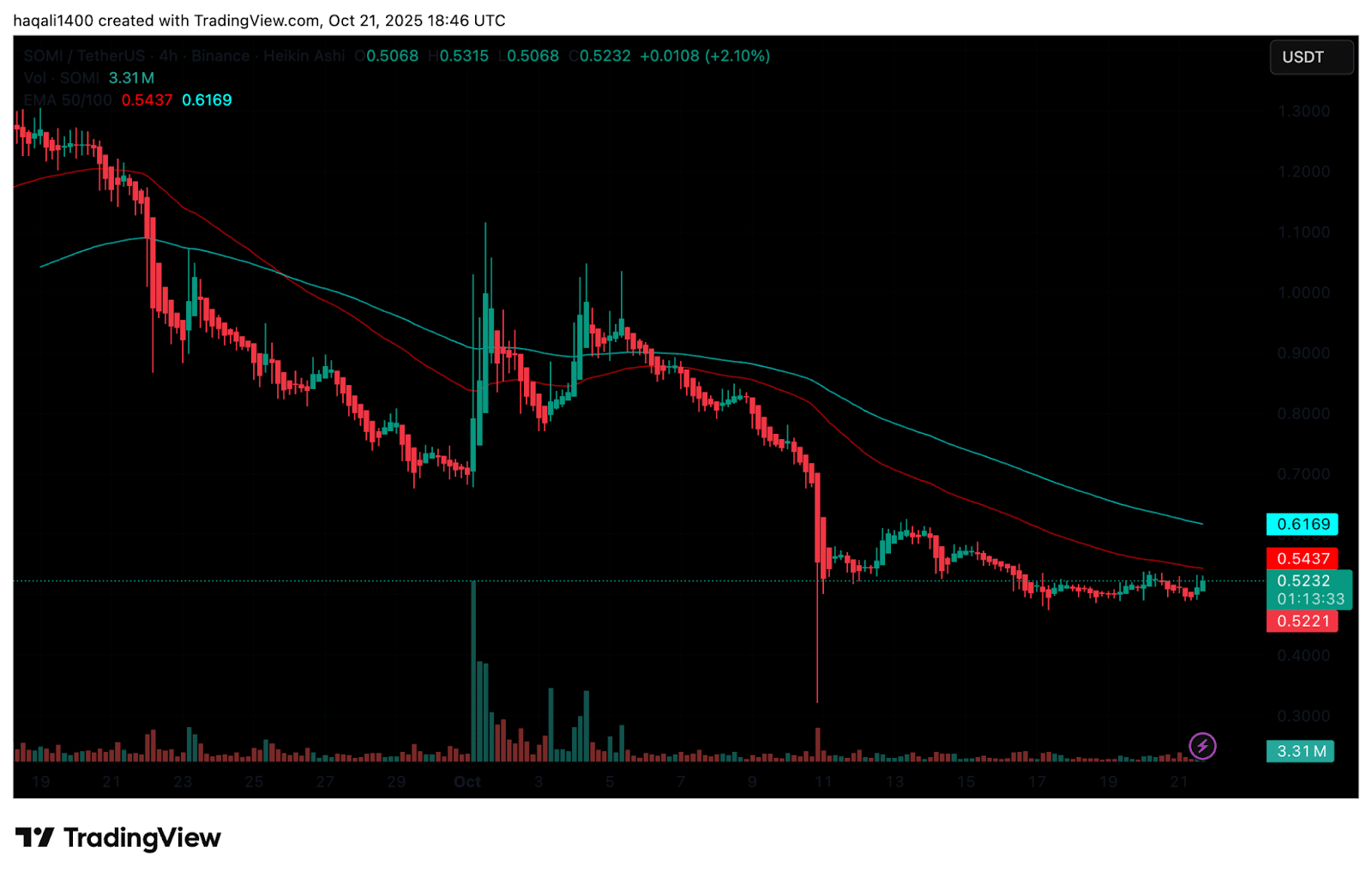New Mexico researchers create fascinating new ‘spacecraft speedometer’ device
New Mexico researchers have created a fascinating new ‘spacecraft speedometer’ device which is set to revolutionize how we track thousands of satellite orbits. In the last five years, the number of spacecraft in the Milky Way has quadrupled. With individual companies around the world competing to take the next leg of the space race, the […] The post New Mexico researchers create fascinating new ‘spacecraft speedometer’ device appeared first on Supercar Blondie.

New Mexico researchers have created a fascinating new ‘spacecraft speedometer’ device which is set to revolutionize how we track thousands of satellite orbits.
In the last five years, the number of spacecraft in the Milky Way has quadrupled.
With individual companies around the world competing to take the next leg of the space race, the seemingly endless universe is suffering from a bit of a traffic problem.
But with more than 10,000 satellites now orbiting Earth and nearby planets, a group of researchers in New Mexico has devised a way to accurately track spacecraft, reducing wait times by hours and days.
VISIT SBX CARS – View live supercar auctions powered by Supercar Blondie
New Mexico researchers create genius spacecraft speedometer
SpaceX in America, SkyNet in China, and JAXA in Japan are just a handful of worldwide companies joining NASA and national governments in getting probes into space.
But despite having light years of abyss to play with, most of the 10,000 satellites orbit close to Earth – with the exception of one floating car…
So, with congestion beginning to be a problem – some satellites have been reported missing – this new spacecraft speedometer is designed to keep a much closer eye on the paths of these multi-million-dollar pieces of kit.
Los Alamos National Laboratory in New Mexico and the U.S. Air Force Academy have combined to track the velocity of satellites in the universe to track their locations within a few minutes.

Currently, ‘ground-based’ GPS trackers and radars are used to keep track of satellite movement, but this technology can leave hours or even days to get accurate results.
The current tech also can’t keep on top of minute-by-minute directions of satellites during ‘solar storms’ – yes, Mother Nature’s wrath is not contained to just our little blue planet – which is where movement tracking would be paramount.
The spacecraft speedometer intends to alleviate all of these issues, creating real-time results.
How does it work?
The process has been likened to a car driving through rain – the faster it goes, the more raindrops are hit with the windshield and fewer are hit at the rear. Almost creating the waves of a boat through water.
Change raindrops to charged particles (ions and electrons), and the spacecraft makes the same ripples.
The speedometer and its plasma sensors then scan and calculate how quickly the satellite is moving.

It has already been tested on the Space Test Program-Houston 5 at the International Space Station.
Not only will this also allow the satellites in orbit to avoid each other and hurtling debris like asteroids, it should also be able to prevent any future spacecraft from hurtling towards Earth.The post New Mexico researchers create fascinating new ‘spacecraft speedometer’ device appeared first on Supercar Blondie.
What's Your Reaction?








































